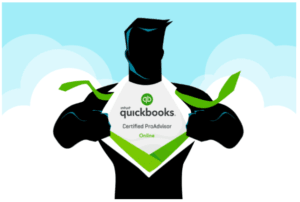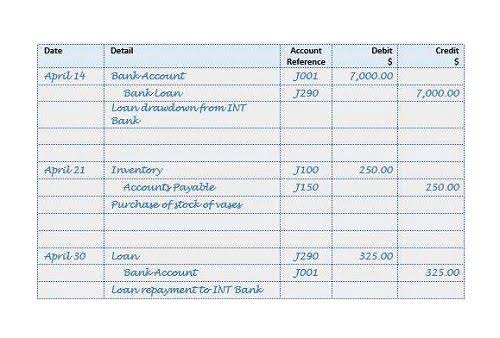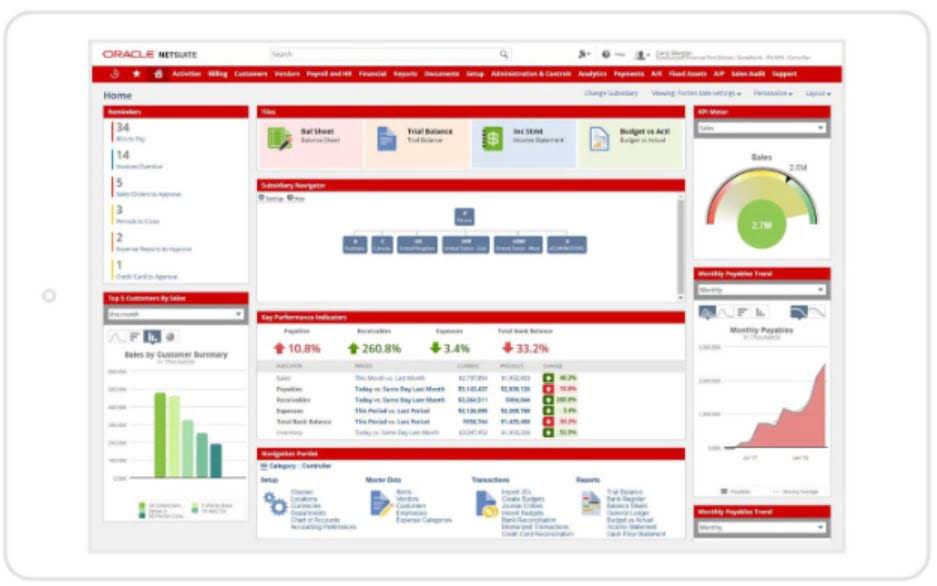
This post explains everything you need to know about the effects of different types of business transactions on the accounting equation using examples and quizzes. Understanding Owner’s Equity is crucial for investors, creditors, and the owner themselves to assess the financial stability and net worth of a business. It’s used in evaluating a company’s leverage, investment potential, and financial health. The assets of the business will increase by $12,000 as a result of acquiring the van (asset) but will also decrease by an equal amount due to the payment of cash (asset).

Balance Sheets 101: Understanding Assets, Liabilities and Equity

In summary, asset valuation and depreciation are crucial aspects of understanding a company’s financial position. Proper valuation and accounting for depreciation give a more accurate representation of a company’s assets and their worth. Both fixed and intangible assets play a critical role in the overall value of a company, and understanding their valuation methods helps ensure the accuracy of financial statements. The purpose of this article is to consider the fundamentals of the accounting equation and to demonstrate how it works when applied to various transactions. The totals after the first eight transactions indicate that the corporation had assets of $17,200.
- As you can see, owner or shareholder equity is what is left over when the value of a company’s total liabilities are subtracted from the value of its assets.
- Unlike example #1, where we paid for an increase in the company’s assets with equity, here we’ve paid for it with debt.
- For example, if a company becomes bankrupt, its assets are sold and these funds are used to settle its debts first.
- Similarly, when a company borrows money, the liability account on the balance sheet increases, while the cash account also increases.
- Depreciation is the process of allocating the cost of a fixed asset over its useful life.
- Managing long-term debt effectively is essential for a company’s financial health and long-term success.
- Conversely, a partnership is a business owned by more than one person, with its equity consisting of a separate capital account for each partner.
Accounting Equation for a Corporation: Transactions C1–C2
With liabilities, this is obvious – you owe loans to a bank, or repayment of bonds to assets = liabilities + owners equity holders of debt, etc. These are also listed on the top because, in case of bankruptcy, these are paid back first before any other funds are given out. Assets represent the valuable resources controlled by a company and liabilities represent its obligations.
Accounting Equation

For example, when a company records depreciation, it reduces both its assets (PPE) and its owner’s equity (retained earnings) while keeping the accounting equation balanced. Every business transaction affects the accounting equation, either by increasing or decreasing its components. For instance, when unearned revenue a company raises capital through a stock issuance, its assets and owner’s equity both increase, maintaining the balance of the accounting equation.
Accounting Equation for a Corporation: Transactions C7–C8
- Liabilities are presented as line items, subtotaled, and totaled on the balance sheet.
- Now let’s draw our attention to the three types of Equity accounts, discussed below, that will meet the needs of many small businesses.
- The purpose of this article is to consider the fundamentals of the accounting equation and to demonstrate how it works when applied to various transactions.
- Therefore, there is no expense (or revenue) to be reported on the income statement for the period of December 1-3.
- This is a contra owner’s equity account, because it has a debit balance if draws were made.
- Sub-accounts, of course, can be created under any of these five types of accounts.
- The accounting equation is also known as the basic accounting equation or the balance sheet equation.
Balance sheets are typically prepared and distributed monthly or quarterly depending on the governing laws and company policies. Additionally, the balance sheet may be prepared according to GAAP or IFRS standards based on the region in which the company is located. Below is a break down of subject weightings in the FMVA® financial analyst program. As you can Restaurant Cash Flow Management see there is a heavy focus on financial modeling, finance, Excel, business valuation, budgeting/forecasting, PowerPoint presentations, accounting and business strategy. The major and often largest value assets of most companies are their machinery, buildings, and property.

A long-term asset account reported on the balance sheet under the heading of property, plant, and equipment. Included in this account would be copiers, computers, printers, fax machines, etc. Liabilities also include amounts received in advance for a future sale or for a future service to be performed. When the allowance account is used, the company is anticipating that some accounts will be uncollectible in advance of knowing the specific account. As a result the bad debts expense is more closely matched to the sale.
You can think of them as resources that a business controls due to past transactions or events. Owner contributions refer to the amount of money that the owner has invested in the business. Retained earnings, on the other hand, refer to the profits that the company has earned and kept over time. We accept payments via credit card, wire transfer, Western Union, and (when available) bank loan.
